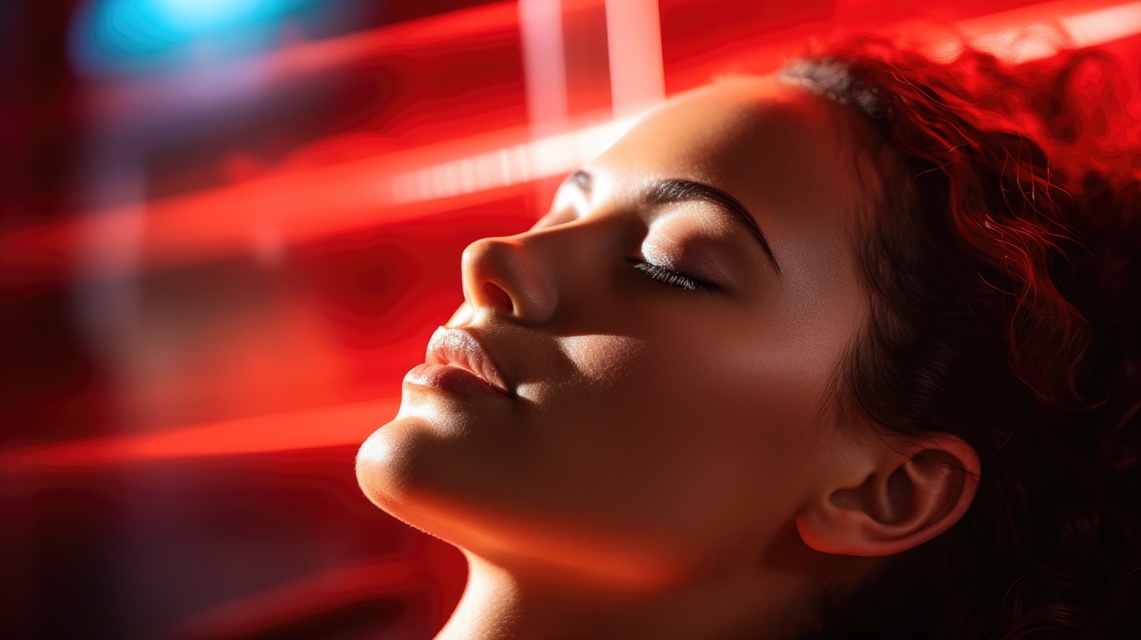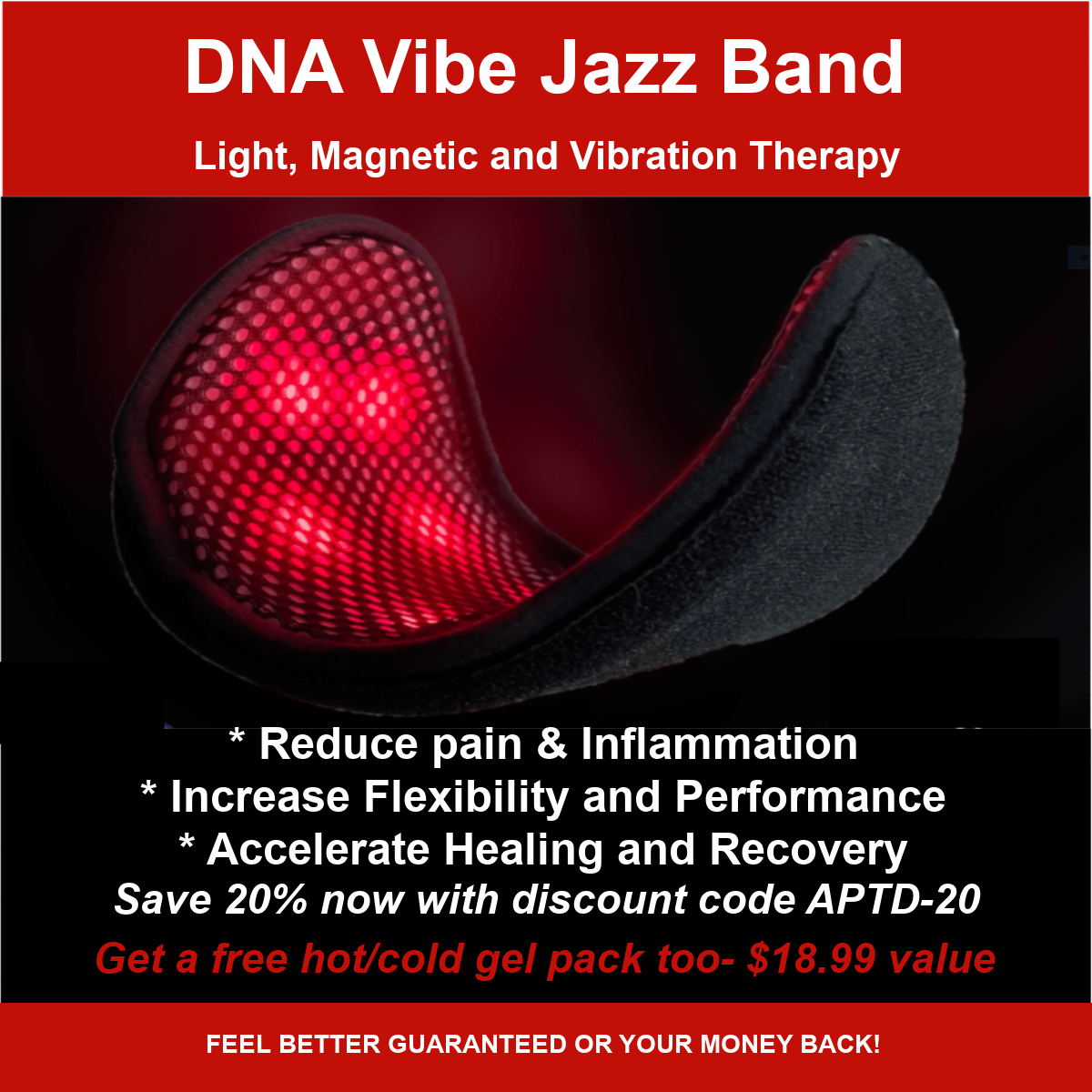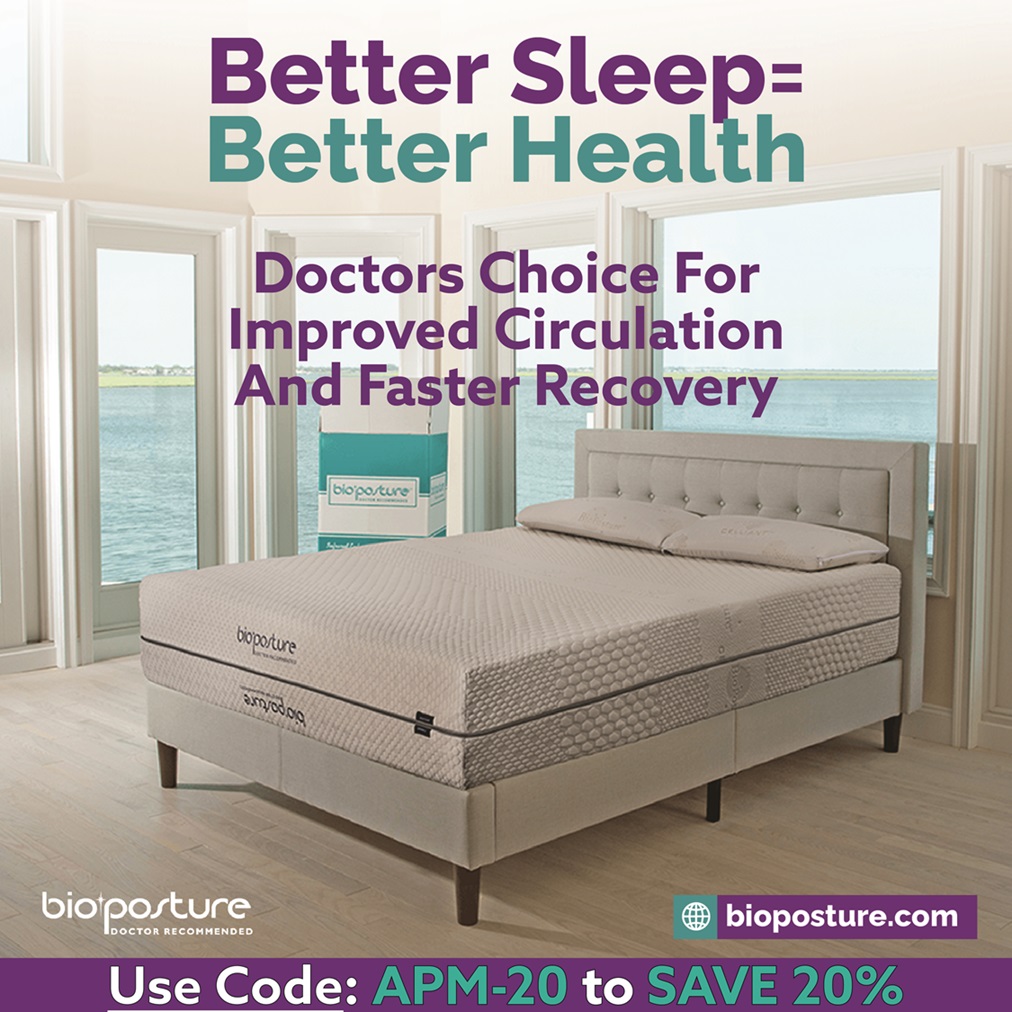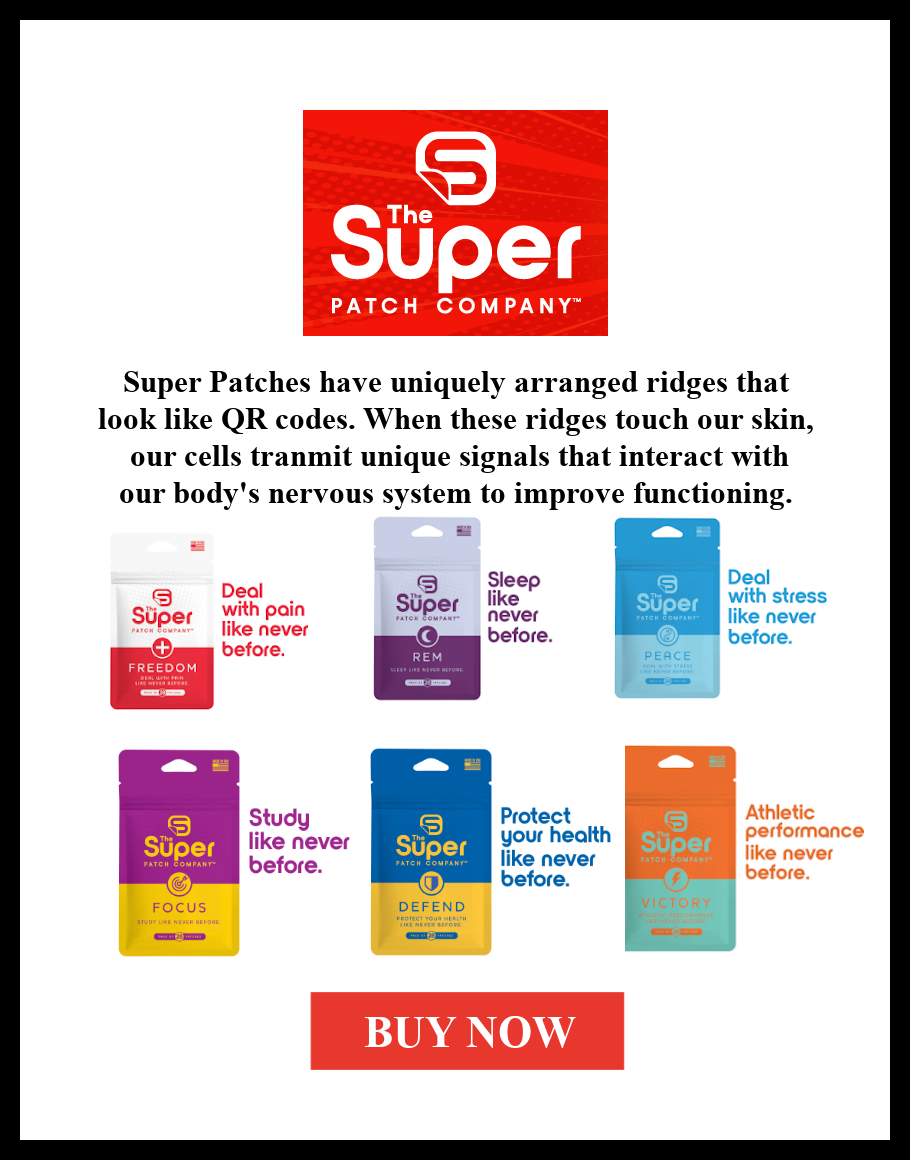
The use of light therapy for pain relief has been gaining increasing attention in recent years. The technology, which uses light in the red and infrared wavelengths, is known as low level laser therapy, cold laser therapy, low level light therapy or photo biomodulation. There now is a significant body of research that shows that light in the red and near infrared range can relieve pain, reduce inflammation and promote tissue regeneration. The light is either a laser (concentrated light) or LED (light-emitting diodes, more diffuse light). It’s typically applied to the skin in the injured or painful area for a short time, at least a few times a week for a few weeks or more. The effect has been compared to photosynthesis, in which the absorbed light causes a chemical change in the tissue.
There are three levels of effects of light therapy:
- Primary tissue effects: Direct chemical effects on cells. The light therapy increases the production of adenosine triphosphate (ATP), the fuel our cells use for energy. The more ATP available to our cells, the faster we heal. The light therapy also increases the permeability of cell membranes, which allows waste products to be removed and nutrition to be absorbed into the cells more efficiently.
- Secondary effects: Chemical chain reactions that occur in response to the changes in the cells. Secondary effects include anti-inflammatory effects, decreases in nerve irritability, and an increase in circulation in the area of injury or chronic pain.
- Tertiary effects: Whole-body effects from the treatment. These include increased immune cell production, increased production of endorphins (the body’s own painkillers), and improved nerve function.
The research on light therapy for pain
There are currently hundreds of randomized double-blind placebo-controlled human studies of LLLT, low level laser therapy, that have been published worldwide, as well as thousands of scientific studies investigating the underlying mechanisms that contribute to its local and systemic effects. Positive results have been reported for a very broad range of conditions, including the following:
Red/infrared light therapy also speeds up healing significantly in acute injuries. Effects are long lasting and there are no negative effects.
FDA and insurance status of light therapy for pain
LLLT medical devices are FDA approved for “the temporary relief of pain.” According to the FDA’s website, this approval was based on “the presentation of clinical data to support such claims”. Despite this, and the extraordinary body of scientific evidence available on safety and effectiveness, most US insurance companies and Medicare claim low level light therapy is investigational, experimental, or unproven and refuse to pay for this treatment for any condition.
Cost and effectiveness of available light therapy devices
When I first learned about low level light therapy in 2015, I was so excited by what I was reading that I purchased a device, made by Thor Laser, for my practice. Over the years I have used it to successfully treat myself and patients for a variety of conditions.
Thor Lasers are extremely durable, well-constructed devices that are mainly sold to healthcare providers. They currently sell for $16,000-$40,000. Clearly, they are too expensive for home use and many patients are unable to afford multiple visits with a provider for services that are not covered by insurance.
Fortunately, the cost of red/infrared light therapy devices has been decreasing significantly in recent years, making it more affordable for the average person to purchase a device for home use. Unfortunately, there are many devices out there that are ineffective because they do not have the proper specifications that are necessary for effective treatment.
What to look for in a light therapy device for home use
To ensure effectiveness and safety, certain specifications are crucial. Here are some key specifications to consider:
1. Wavelengths:
- Red Light: Typically ranges from 630nm to 670nm. This range is effective for skin treatments and surface-level tissue healing.
- Infrared Light: Ranges from 800nm to 1000nm (or more). Infrared light penetrates deeper into the body and is used for muscle recovery, joint pain relief, and deeper tissue healing.
2. Power Density:
- Measured in mW/cm²: The power density impacts the treatment's effectiveness. Optimal power density can vary based on the treatment's purpose, but generally, a power density between 10mW/cm² to 100mW/cm² is considered effective for various therapeutic uses.
3. Coverage Area:
- The size of the coverage area is important, especially if you're treating large areas of the body. Larger panels or devices can cover more area but may require higher power output to maintain effective power density across the entire treatment area.
4. Treatment Duration and Frequency:
- Effective treatment plans depend on the specific condition being treated. However, most recommendations suggest daily use, with each session lasting between 10 to 20 minutes. The device's specifications should support the duration and frequency needed for effective treatment.
5. Safety Features:
- Look for devices that have safety certifications and are tested for low EMF (electromagnetic fields) emissions. Overexposure to EMFs can be a health concern for some individuals.
6. FDA Approval or Clearance:
- While not all light therapy devices are FDA-approved or cleared, those that are have undergone testing to meet safety and efficacy standards for specific medical purposes.
A Few Devices I Recommend
The DNA Vibe uses a small, flexible pad with LED lights and also uses magnetic pulses and vibration to promote healing. There is also an optional gel pack you can heat or freeze to add hot or cold therapy at the same time. Its list price is $259. Discounts are available when ordered through the Alternative Pain Treatment Directory website. The DNA Vibe recently won several awards, including Best New Holistic Product 2023 from WebMD, Coolest Thing Made in Colorado 2023 and USA’s Today’s Best Travel Gift 2023. According to the company website, 97% of users find it effective. The only drawback is that the pad can only cover a small treatment area at a time. It works well for treating joint pain, back pain, neuropathy in the hands and feet and other localized pain as well as speeding recovery for a localized injury.
The Neurocare Systems Light Therapy device has LED lights embedded in flexible pads and has the ability to select different frequencies for different types of pain problems. I purchased a six port controller and eight pads of different shapes and sizes that would provide full body coverage if I used them all. It cost about $4500. Treatment sessions are 20 minutes long. They also have a smaller package with a two port controller and 2 pads (Was $1350, now selling for $999).
The Auragen Light and Sound System is designed primarily for brain healing and optimization. It can also be used for localized treatment of pain. The light can be used in continuous mode or set to pulsed frequencies to entrain the brain for relaxation (theta, which also helps with PTSD and insomnia) or gamma (for cognitive enhancement, preventing or reversing age-related cognitive decline, better focus). Two of my clients found it to be very effective for treating rheumatoid arthritis. List price is $1795. A $100 discount is available when ordered through the Alternative Pain Treatment Directory.
In addition, I am very excited to report that I just received delivery of a Hooga Light Therapy Full Body Pod. It is like a sleeping bag that you can zip up around you and treat your whole body with light therapy all at once. I will write a post about it once I have a chance to try it out. There are two sizes, list prices $1,199 and $1,499.
Discounts are available when ordered through the Alternative Pain Treatment Directory website. I also receive a commission when you order these products through the Directory, which helps support the website.
Conclusion
Low level light therapy is a safe and effective treatment for pain that is now very accessible and affordable for most patients.
See All of Our Recommended Light Therapy Devices
Find a Provider Who Offers Light Therapy
Related Articles
The Functional Medicine Approach to Peripheral Neuropathies
Calmare Scrambler Therapy: Effective, Non-Invasive Treatment for Neuropathic Pain
NMES vs. TENS: Which Unit Is Best for Your Back Pain?
Light Therapy for Neuropathy
Light Therapy for Fibromyalgia
Please comment below. We'd love to have your feedback!
















Comments